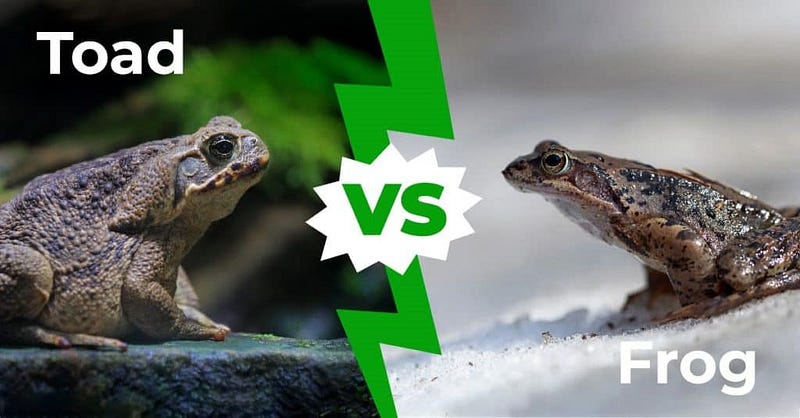Exploring Logic with Frogs and Toads: A Fun Challenge
Written on
Chapter 1: Introduction to the Logic Puzzles
In this article, we will delve into a captivating series of logic puzzles designed to challenge your reasoning abilities. These puzzles require no prior mathematical knowledge, which is one of the aspects I appreciate most about logic-based challenges.
First, I will present each problem, allowing you to attempt solving them without any hints. Following that, I will reveal my solutions.

Chapter 1.1: The World of Amphibia
The imaginary realm of Amphibia is home to talking frogs and toads, who often engage in discussions about themselves. Notably, toads are honest, while frogs consistently deceive. Your task is to identify which animals are frogs and which are toads based on their statements.
Problem 1: A claims, “Both B and I are frogs.”
Problem 2: C asserts, “At least one of D and I is a frog.”
Problem 3: E states, “Both G and H are toads.” G retorts, “That’s true!” while H counters, “No, that’s false.”
Problem 4: I and J engage in a conversation about themselves and K. I claims, “All three of us are frogs.” J insists, “Exactly one of us is a toad.”
Chapter 1.2: My Solutions to the Puzzles
To effectively solve the initial two problems, it’s helpful to consider both possibilities for each speaker—being a frog or a toad—and then analyze the logical outcomes that arise from those assumptions.
For instance, if A is a toad and always truthful, it would imply that both A and B are frogs, leading to a contradiction. Thus, A must be a frog, meaning A is lying, which indicates that B is actually a toad.
In a similar vein, if C were a frog, it would be lying, suggesting that both C and D are toads, which again results in a contradiction. Hence, C must be a toad, confirming that D is a frog.
For the last two problems, it's crucial to recognize the contradictory statements made:
In the interaction between G and H, their opposing claims reveal that they must be different types of animals. This implies that E is lying, thus E must be a frog. Consequently, since G agrees with E, G is also a frog, which means H must be a toad.
Regarding I, if I were a toad, it would create a contradiction, so I must be a frog. Since I and J contradict each other, it follows that J must be a toad. Given J's honesty, this means there can’t be any other toads, thus K must be a frog.
How well did you fare with these puzzles? I welcome your thoughts in the comments!
Chapter 2: Additional Resources
To further enhance your understanding of amphibians and logic, here are some engaging videos.
Talking Nature Tuesday - Toads
In this video, we explore the fascinating world of toads, including their habitat and behaviors.
Frog or Toad?
This video explains the key differences between frogs and toads, helping viewers identify each species easily.